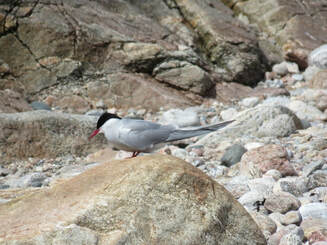 Arctic tern, Balranald, July 2015
Arctic tern, Balranald, July 2015 The Outer Hebrides are in the path of Atlantic weather systems. We remember the storm, and Loch Maddy breakfasts of porridge served with a pot of cream. Heavy rain at breakfast, drizzle or light rain much of the day. To the Grenitote peninsula. A glistening white beach with bruised clouds gathering over the higher ground beyond. Sand dunes anchored by marram grass conceal the machair- a cultivated dune-pasture of fertile shell-sand. Sea-meadows, they are sometimes called. Climbing up to look for primroses I discover a strip of ground blooming with yellow field pansies and lilac sea-storksbill.
Below Beinn Riseearaidh, a bleak area of plantation with a lochan and a scattering of heather and boggy ground yields short-eared owl. A pair appears and one flies low across the lochan, with pale almost translucent wings.
A red- throated diver nests on an island in the lochan. Black head and some white on its lower neck and back and a glow of red. The bird has dark red summer plumage, often seeming black .
To Balranald RSPB reserve. We hear corncrake and on leaving the reserve one steps in front of the vehicle and crosses the track in leisurely fashion to reach the iris which is its preferred habitat and vegetation which usually conceals them. At 6.15 pm the sun comes out.
28 May Storm-force winds and rain. Yachtsmen come in, seeking shelter. Ferries cannot run so arrivals are delayed and those departing are stuck. Never known such wind. At the Loch Maddy Hotel the window-frames rattled all night long. Trying to go out, we gripped the door and heaved, and had to link arms and hang on to each other to cross the road. Spent the morning at the Arts Centre. In the afternoon the storm had eased a little and we went out in a Land Rover, stopped when eider were spotted and drew up on a grassy bank overlooking a jetty and the shore. The vehicle riding high and being like a hide, we could study birds at close quarters as they foraged on the shore; dunlin, sanderling and ringed plover. To the Committee Road with a reprise of short-eared owl and a male hen harrier. We made the best of a day of severe weather.
Ben Mohr, boggy approach. Hare on rocky shoulder, hid in rocks. Led by a pair of golden plover, for a while. Descending, a fine view of one against cotton grass. Good views of Hecla. Off in search of red- necked phalarope, on the directions of a birding guest at our hotel. Our hostess hears what we seek, rings an RSPB contact and directs us to land she owns at Griminish. A low ruined wall then yellow iris and a lochan with slender green reeds. There in the rain are red necked phalarope. A dainty bird, the male spins in the water, picking off insects in surface-feeding. I watch, then return to the vehicle to alert the others who shelter from the rain .
In July, Svalbard, tundra of the Arctic Circle. I watch red-necked phalarope on their summer breeding ground on a marshy fringe of a shallow pool. The female is more colourful than the male, in plumage and in assertive role-reversal. She chooses a mate, lay eggs, may choose a second mate and lay again, leaving the male to incubate the eggs and to raise their young. This dainty bird winter’s on the open ocean.
To Balranald RSPB Reserve in the rain. Hear and glimpse corncrake. Walk along the beach with arctic tern, oystercatcher, fine views of ringed plover on thrift and sea campion. A flock of turnstone. All these elements come together to make the whole picture, visual and aural. Seal off the headland. A great skua flies over the vehicle, returns and floats in the waves, dived at by tern. Until at last it flies and comes down on the sand. A gull approaches and they gape open-beaked in confrontation. The skua is surprisingly modest in size until its impressive flight.
11 June 2006 Low cloud and more rain. Reprise of Griminish in search of red-necked phalarope. We park close by a wall and view from within the vehicle, so as not to disturb them. A male red-necked phalarope bobs on the still water clear of the fringes of reeds, a dainty bird with a perfect reflection. Dunlin in the same photo-frame as the male and female red-necked phalarope. So clear to see and in a perfect setting. Watched a good while until they flew off calling.
Close view, on a post and in flight, of the short-eared owl that hunts about our hotel. Snipe on a post. A gull flies by with a bundle in its bill, a lapwing chick whose legs dangle and whose parent flies frantic in pursuit. Too late. The gull drops its prey - a downy chick. On a beach walk we follow a group of ten sanderling and a ringed plover, through seaweed.
The west coast of the Uists has the most extensive machair of the Outer Hebrides, low-lying grassland rich in flora, in insects and birdlife. Machair is calcium-rich shell sand, blown ashore in Atlantic storms . Crofters spread sea-weed or hay to enhance the fertility for which the machair is prized.
Driving to Balranald RSPB Nature Reserve, we stop for a long while to watch a short-eared owl quartering pastures, over a cottage, hunting. The warm cream and ochre plumage of the bird in flight above us is beautiful to see. An owl of the northern uplands that hunts by day over moors and heaths for field voles and small mammals, roosting and nesting on the ground.
Balranald, once the seat of the MacDonald lordship. This area of North Uist is dominated by low-lying machair on a substrate of Lewisian gneiss. Cornbunting and corncrake are specialities . We find a corn bunting with chunky yellowish bill a pale face spot. Corncrake are audible but we see none. How can a bird with that rasping and insistent call remain hidden! Terns flying, one with a fish in its bill. Lunch overlooking Traigh Stir near Hosta, with lone surfer.
Saw hen harrier over Loch Scolpaig with its folly tower.
Walked coast to Rubha (headland) Ghriminis and saw natural arches. I found golden plover. Fort at Castle Rodair. Along the coast to abandoned village of Foshigary where we explore the ruins. Walk back through Griminish past Loch Anailean , and Loch Allabister. Tea and scones on ford looking to Vallai, a tidal island and the beach Traigh Bhalaigh. From the C 68 road, David spots another short-eared owl which settles on a heather hummock and stares at us with piercing yellow eyes circled in black. Ear-tufts for which the bird is named are rarely visible. So engrossed by the owl, we’re startled when a driver hoots us to make way on the single track road. No idea how long he’s been there. In stillness, the warm colours seen in sunlit flight do not show- rather the cryptic colouring of an owl that nests on the ground. Striachclait, that’s the location.
Balranald/ Baile Raghnill
Vallay/ Vallai/ Traigh Bhalaigh
29 June South Uist, Caisteal Ormacleit, beach to Rhuba Aird a’ Mhulle headland. Taobh a Tuath. Loch Aineort
A day when we might see the uninhabited Monach Isles and the Stevenson lighthouse, visible from our house Ceol na Mara, Music of the Sea. A popular name on the Outer Hebrides where the sea is close and wonderful. And Atlantic weather systems prevail.
Before breakfast, I meet a crofter who supplements agriculture by working for the MOD at Benbecula. He has three crofts and his cattle, ‘am machair’ (on the machair, I assume) are Limosin and Simental. It’s common grazing. Crofters bought out the English landowner. He has three working dogs, ‘ We don’t have pets’ he says scornfully. ‘Not sure of the young one. Did he just bark?’ The man is friendly and says he’ll keep his dogs in one evening when we set out for a walk.
On the Bornais machair there are mounds showing early settlement. A broch became a roundhouse, circa AD 400. There was Viking settlement here at Dun Mhulan from 795 AD. The hall of a Viking lord, his dependents and retainers. And a medieval community until 14th/15th century with large herds of cattle and sheep, growing oats, barley and rye. This was both a fishing community and a trading centre. Continuous settlement shows the importance of the fertile machair of the west coast for agriculture, to present day crofting.
I juxtapose trips from 2005- 2016 not least because the wildlife experience changes through time, with species loss, habitat loss and Climate Change. At Caisteal Oramcliet ‘the wildlife comes to you, no need to look for it,’ a friend tells me. That wasn’t our experience in late June 2015. Perhaps my friend came earlier in the season. Perhaps we experience species loss. On our trips in 2005/ 2006 we often stopped to watch tern diving as we walked the beaches of the west coast. In 2015 tern show infrequently and not in numbers.
The beach stinks with rotting seaweed that attracts foraging gulls and is slippery and slimy, with sinking sand. But from the Roman Catholic Church the machair flowers are diverse and beautiful and the colour palette changes as the season advances. Stunning to see a mass of flowers set against the intense colours of the Altantic Ocean. Strewn amongst the long-headed poppies is straw which the crofters spread as fertiliser. On a bright day when the sun comes out and draws forth the nectar to attract pollinators the fragrance of white clover is sublime. I'd love to taste Hebridean white clover honey. In an abundance of flowers it's easy to miss the detail and there's a hint of bright blue I cannot account for- I was intent on a close-up of sea-storksbill.
Short-eared owl shows briefly.
A heatwave from Continental Europe- red sweeps across the weather-map of the UK, except for the Outer Hebrides. Glad of that. Wind rattles the door overnight. A band of sharp, heavy rain is over us at 5.00am. I wake to the whistle of wind and rain and mist over our bay, which begins to lift. By 7.30 am wind sounds outside the house and a swallow feeds low over the nettles and iris beds.
Ormiclate/ Ormacleit west coast South Uist
Dun Mhulan, Bornish, South Uist. Bornish/ Bornais. The ‘borg’ on the ness, settlement or fort on the headland. ( Norse names from Viking settlers).
Solas and Grenitote headland. Windy beach with hills beyond. Up on the machair and dunes.
To Loch Maddy and an exhibition of photographs from the Blasket Islands, familiar to us from trips to the west coast of Ireland.
Langais most northerly part of North Uist. Headland out into sea. Beach walk to fragrance of peat smoke and of clover in the machair. Smoked roast salmon pate from the Hebridean Smokehouse where I photograph a family of stonechat.
1 July 2015 Loch Sgioport, N of South Uist/Loch Druibeg aborted due to thunder. ( walkers killed on Welsh mountains in these storms.)
To the east coast and Loch Sgioport. Whilst David ran Beinn Mhor I explored a track overlooking the headland we had previously walked together. It followed a rocky burn overhung with peat and heather. A cuckoo was calling some distance away. A flora of the freshest flowers. Long strands of bog pimpernel in saturated peat, yet to flower. Green buds of bog asphodel and the first, fresh flowers – yellow stars with deep orange stamens. Cross- leaved heath whose clusters of long, globular flowers emerge from a thick, hairy mass of pink. To see what attracts the pollinators, kneel and admire. Suddenly, I heard the cuckoo close and intimate. As if it had come to seek me out, down in the bed of the burn. It was hidden by the bank of peat rising from the gully and I was surprised to hear it so late in the season. I wonder exactly what migration dates the British Trust for Ornithology registers. The weather changed and the day became muggy and warm. The light was perfect for flower photography.
After lunch we drove to the end of the road by Loch Sgioport. I got out to test whether the large puddles flooding the track could be driven. Yes. Shetland ponies surrounded us, begging for food. There came a thunder storm and heavy rain. The car windows steamed up and the ponies sheltered in our wake until it passed. The road seemed to plunge into nowhere so we went to explore, walking down to a jetty and a maze of islets fit for smuggling.
The bird of prey trail about Loch Druidibeg seemed recently excavated into a walkway through peat. But thunder persisted, so we did not.
Please respect copyright
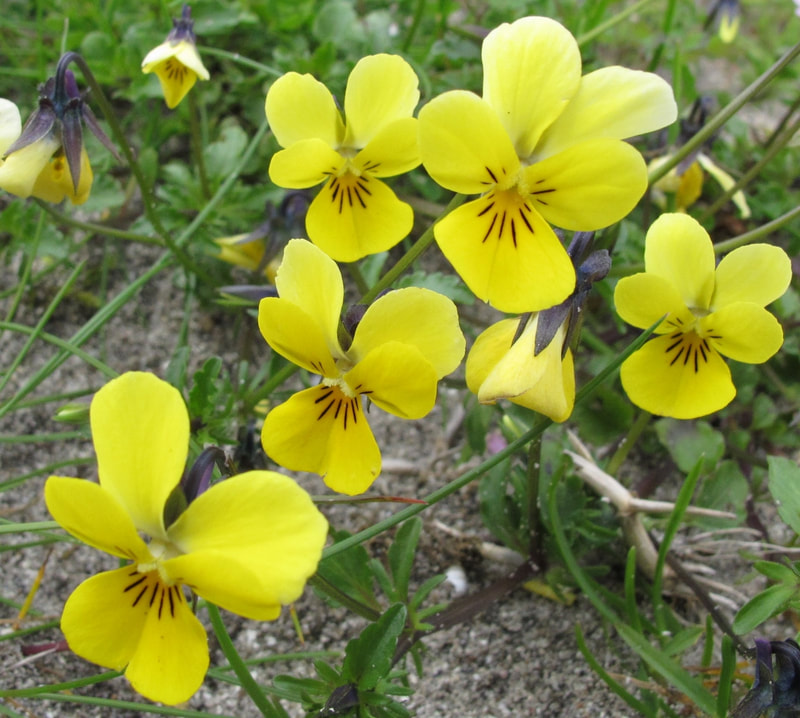

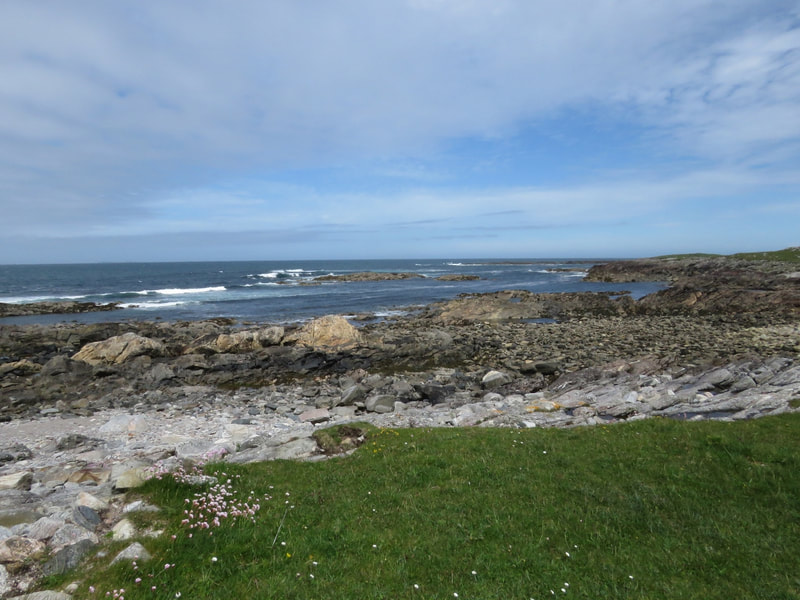
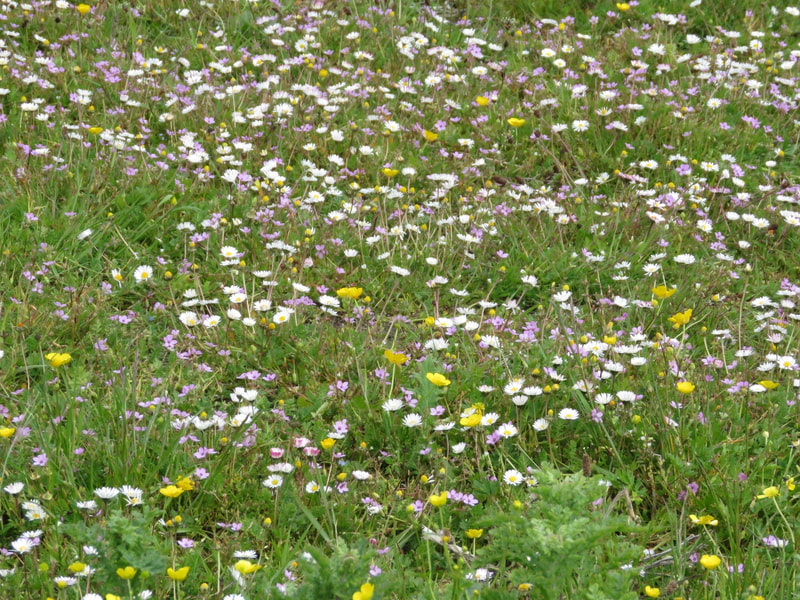
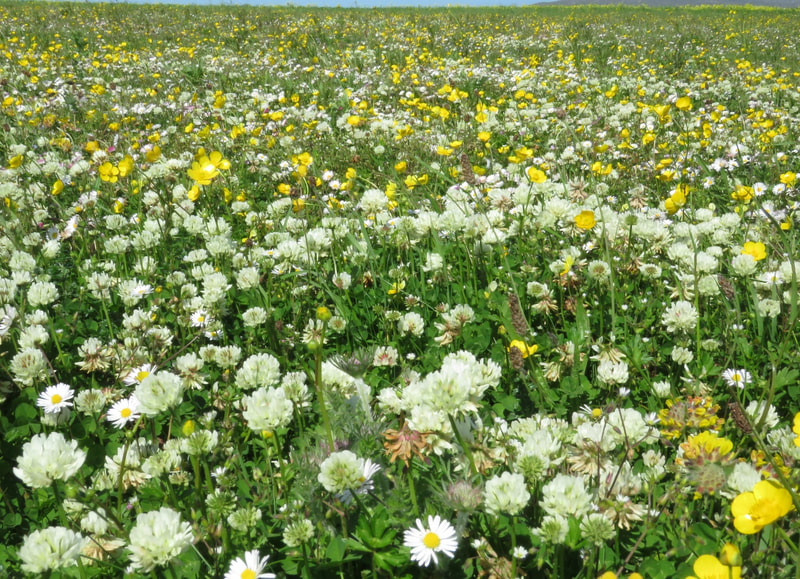
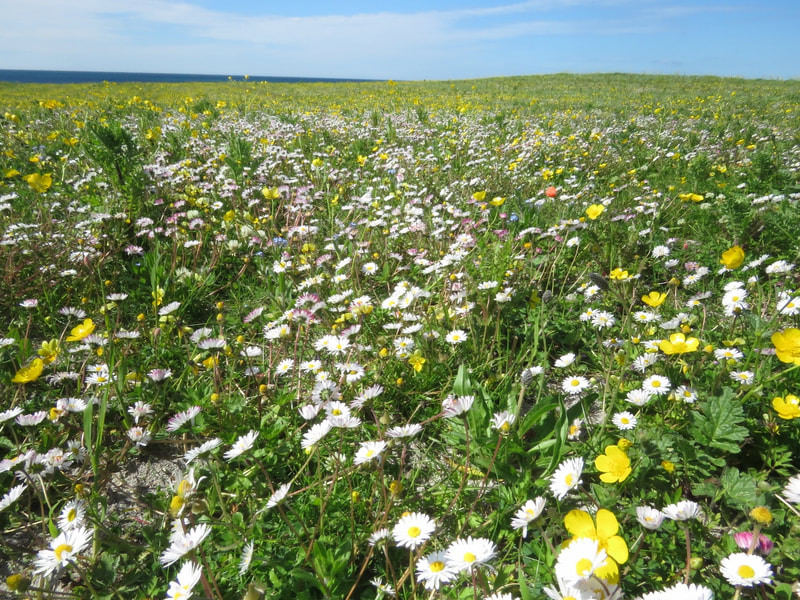
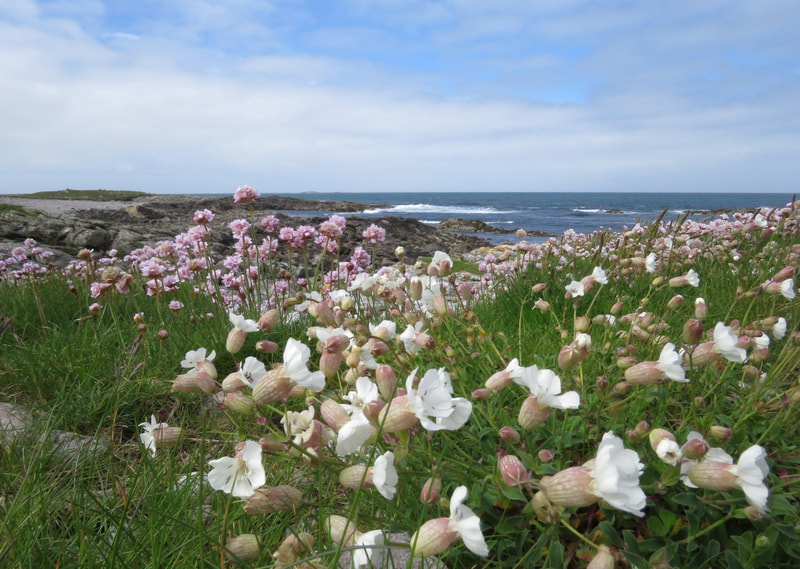
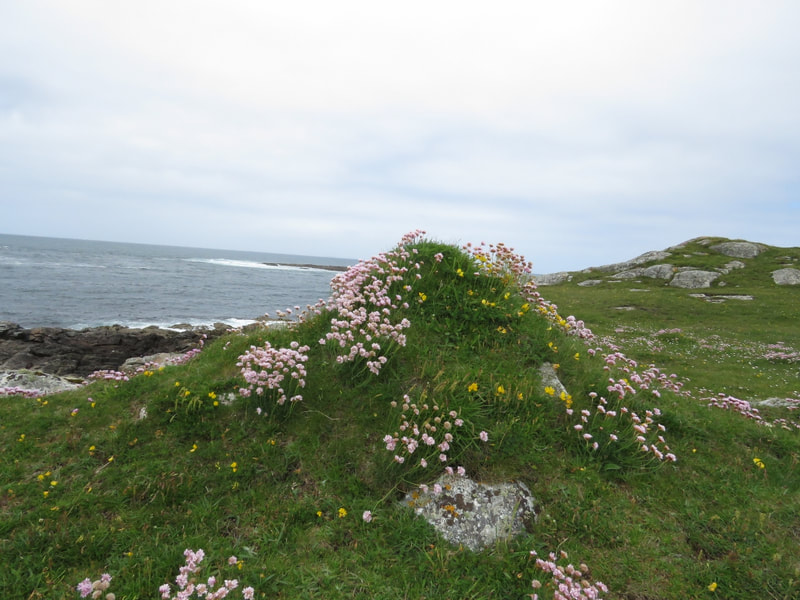
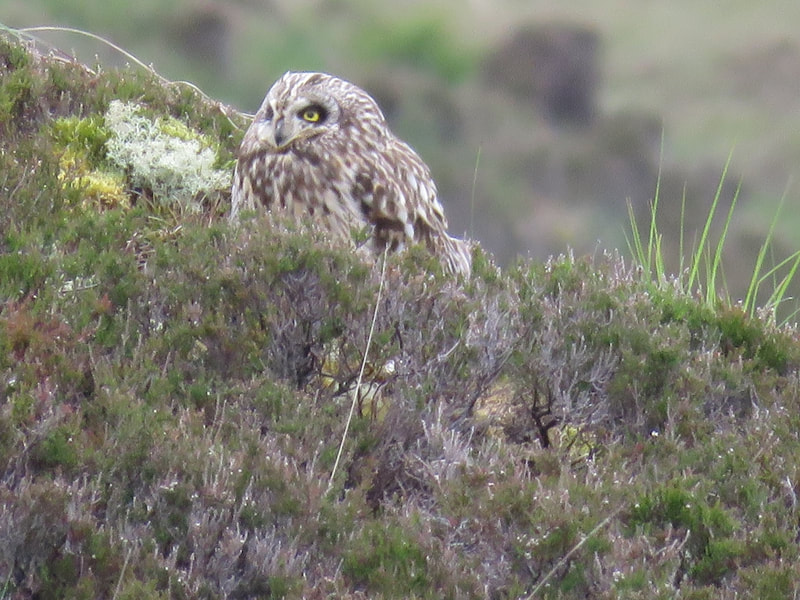
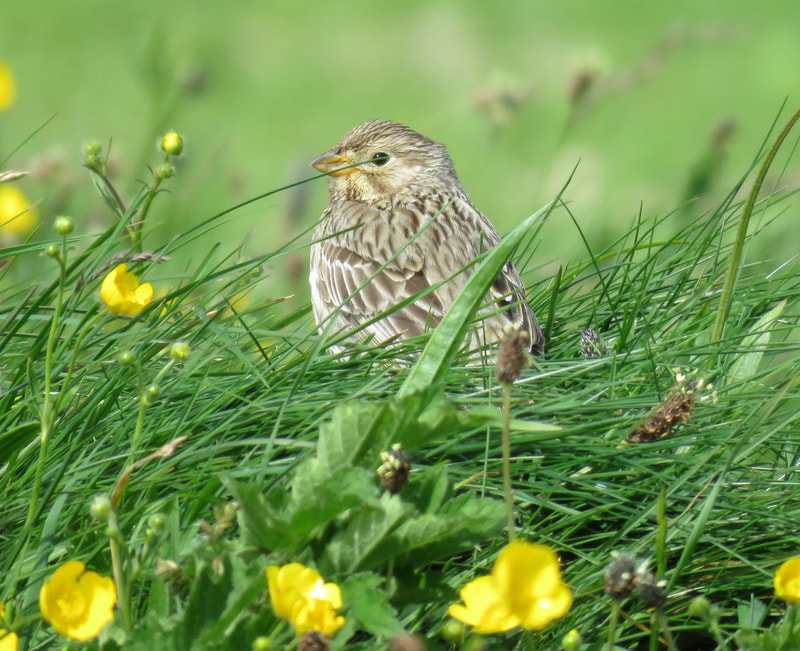
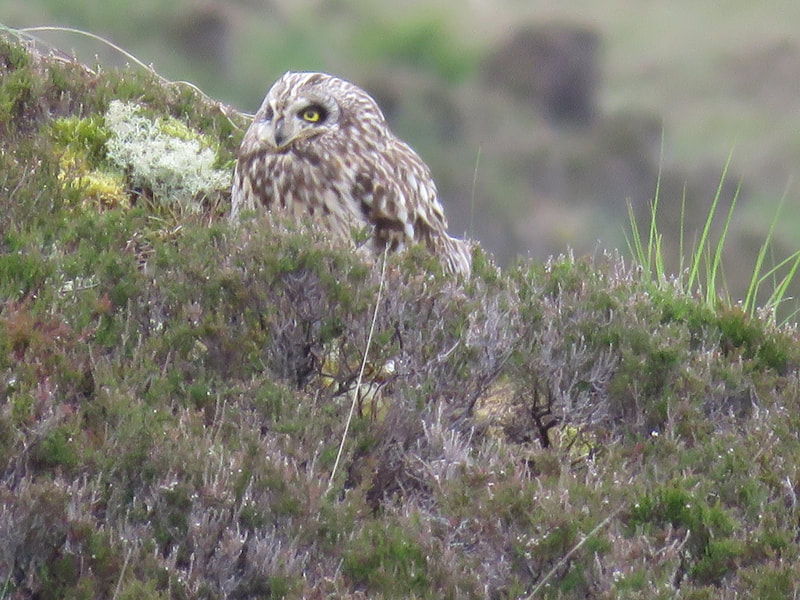
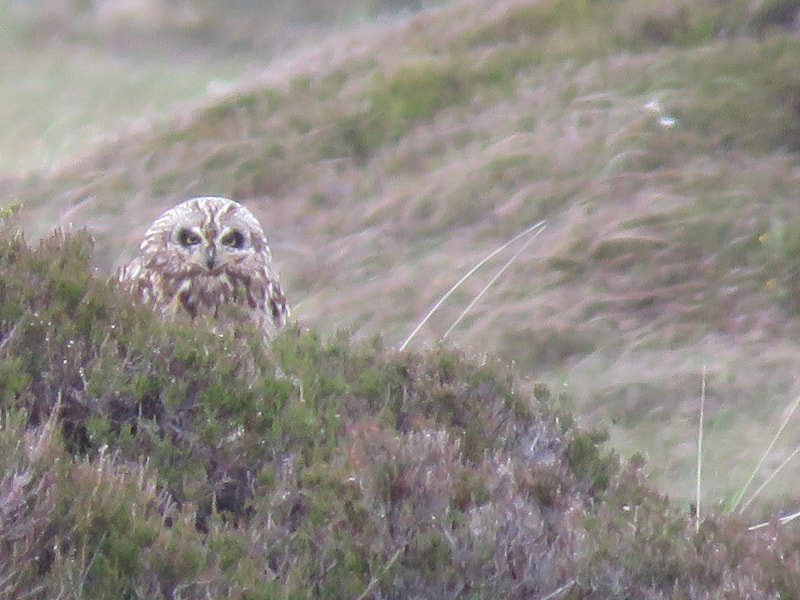
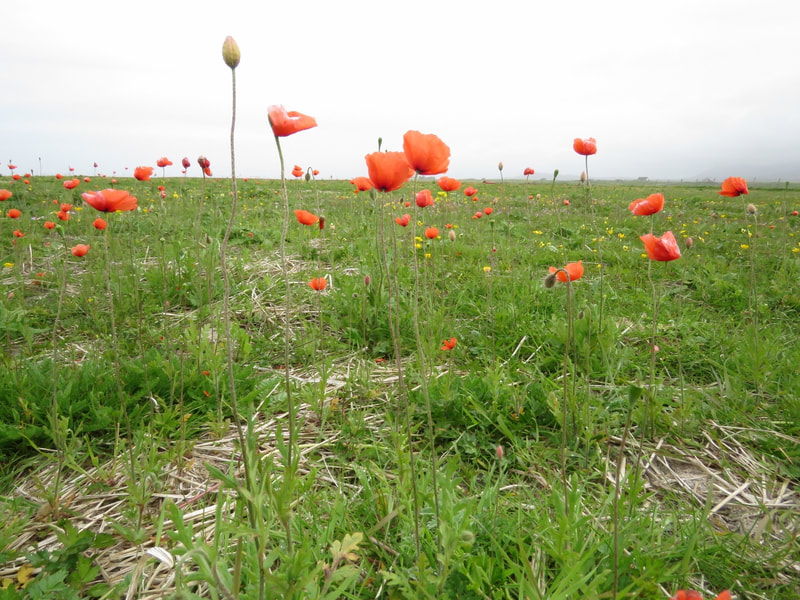
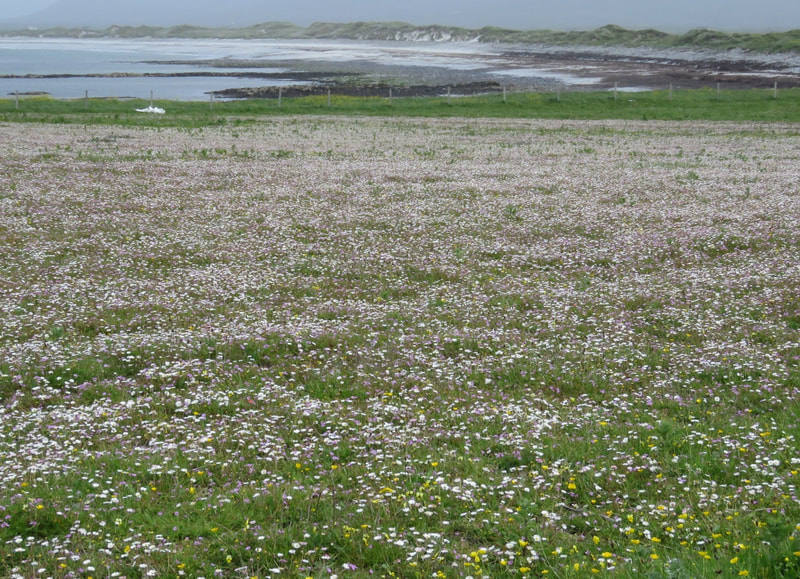
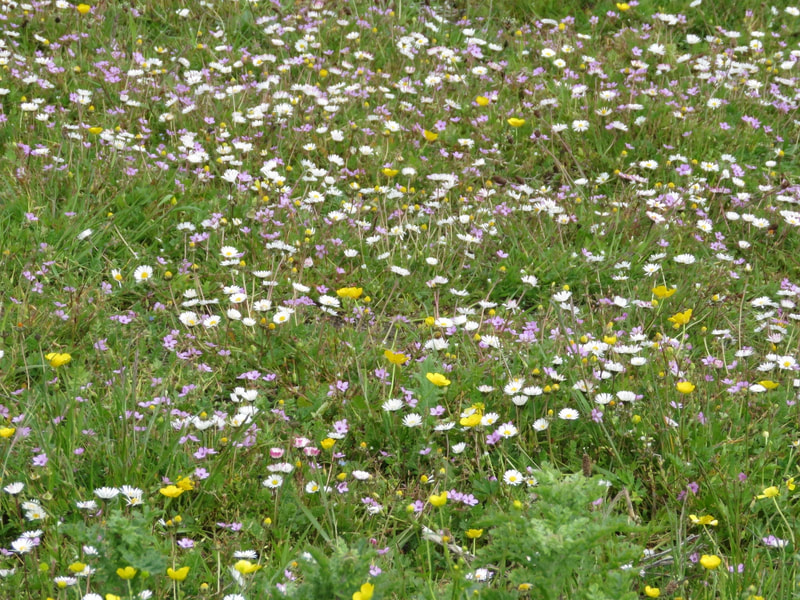
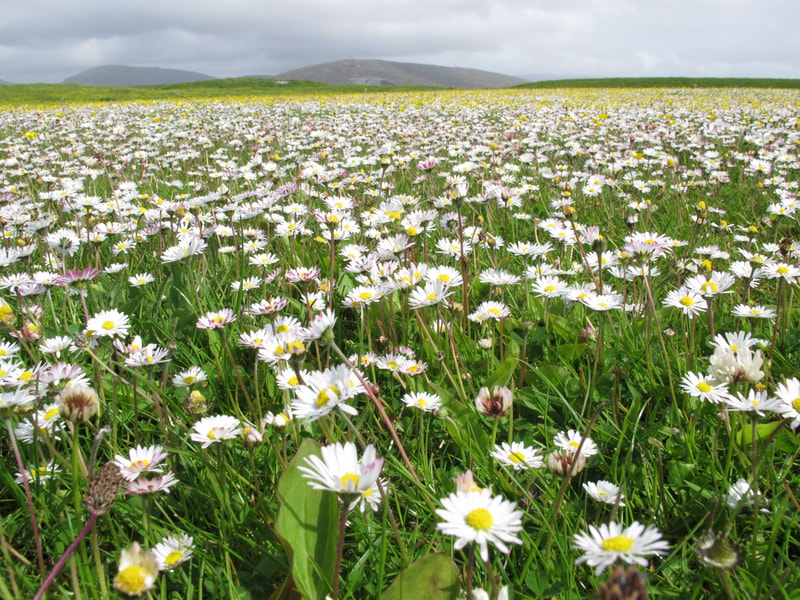
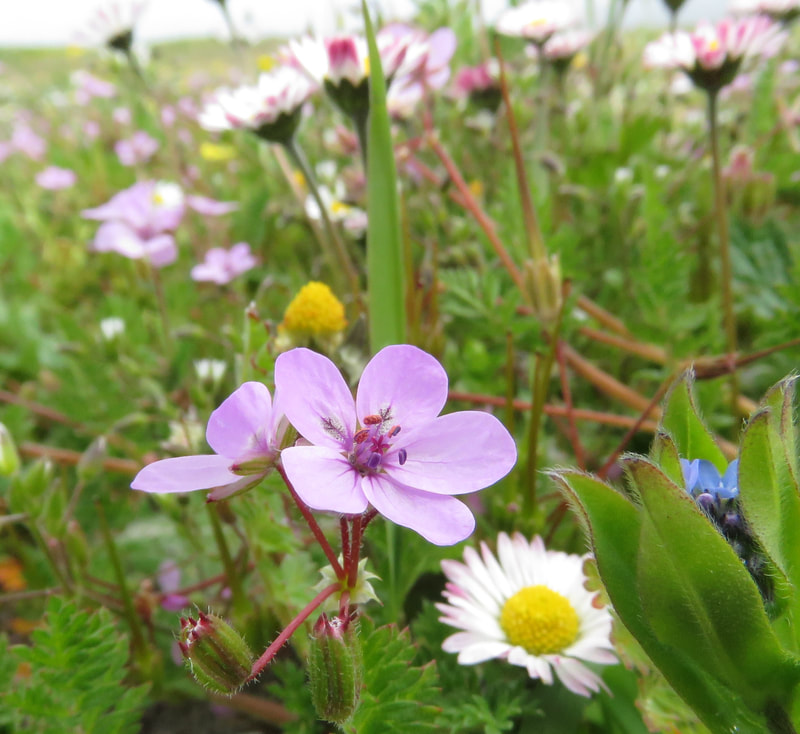
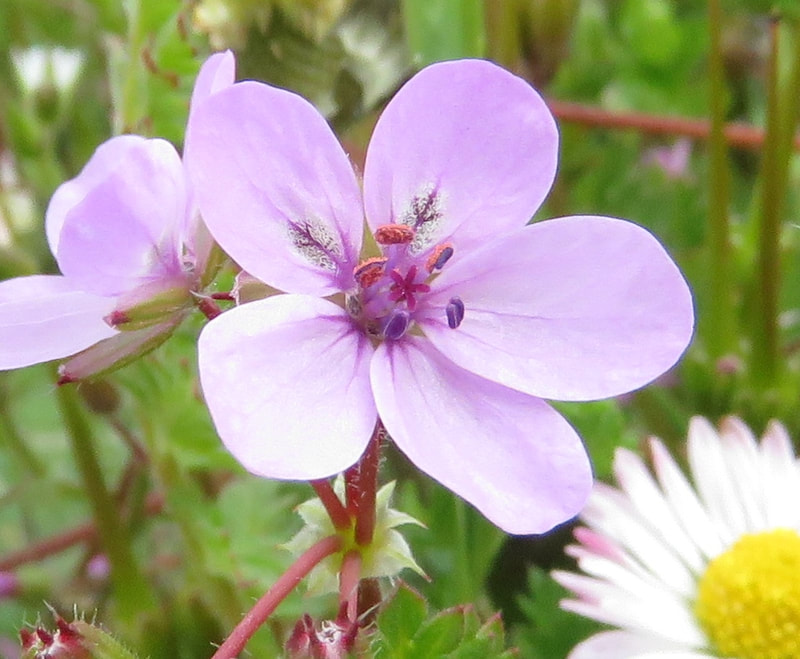
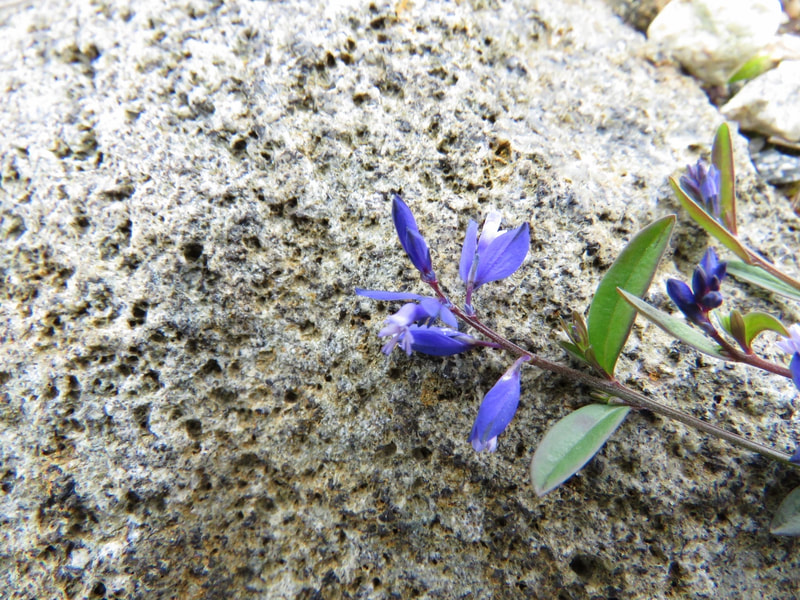
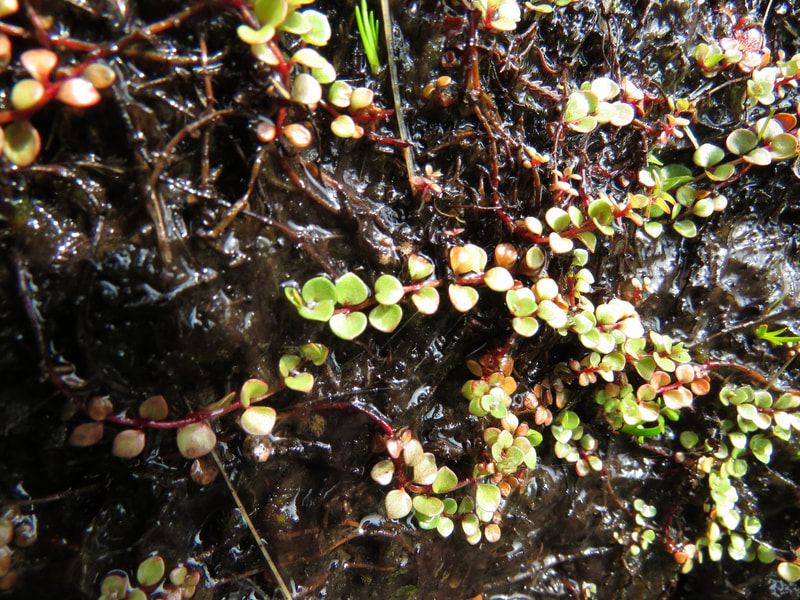
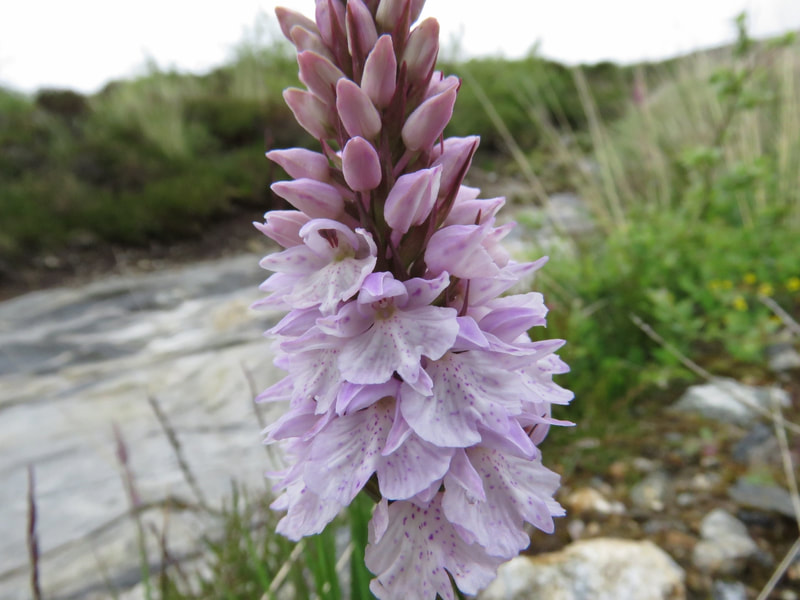
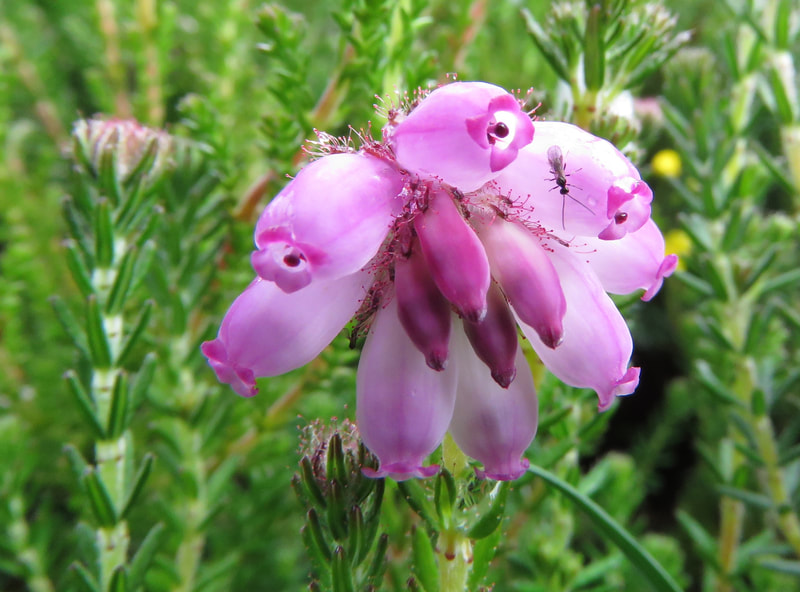

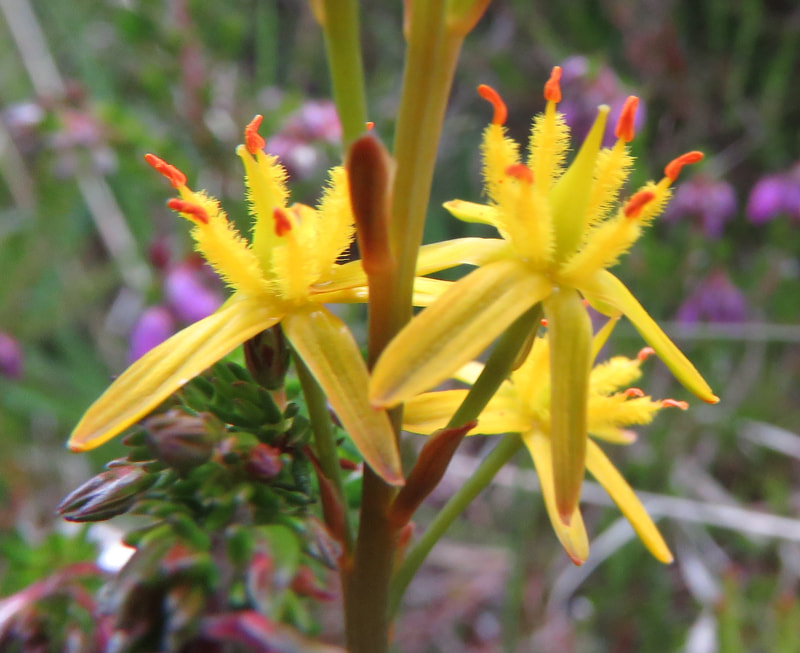
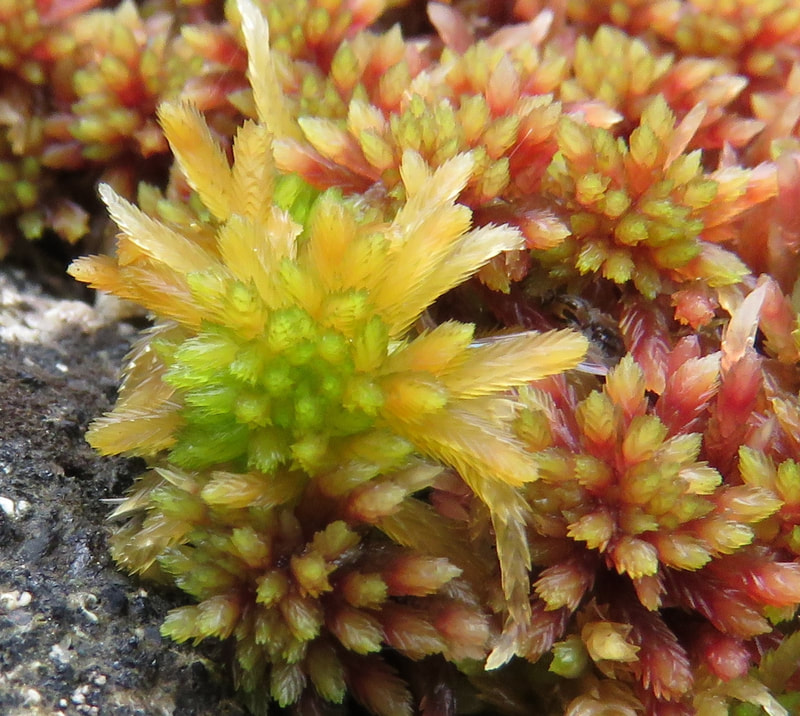
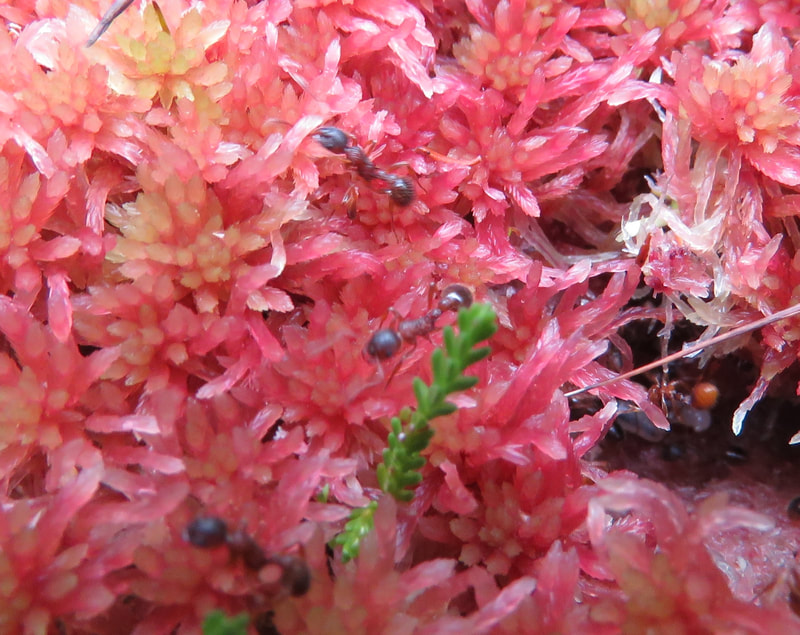
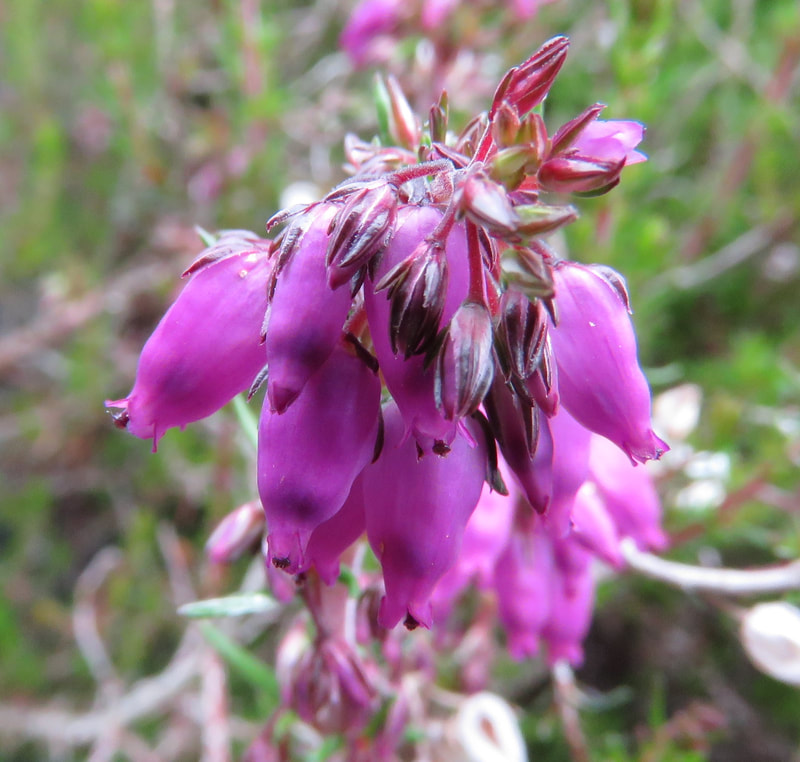
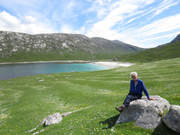
 RSS Feed
RSS Feed